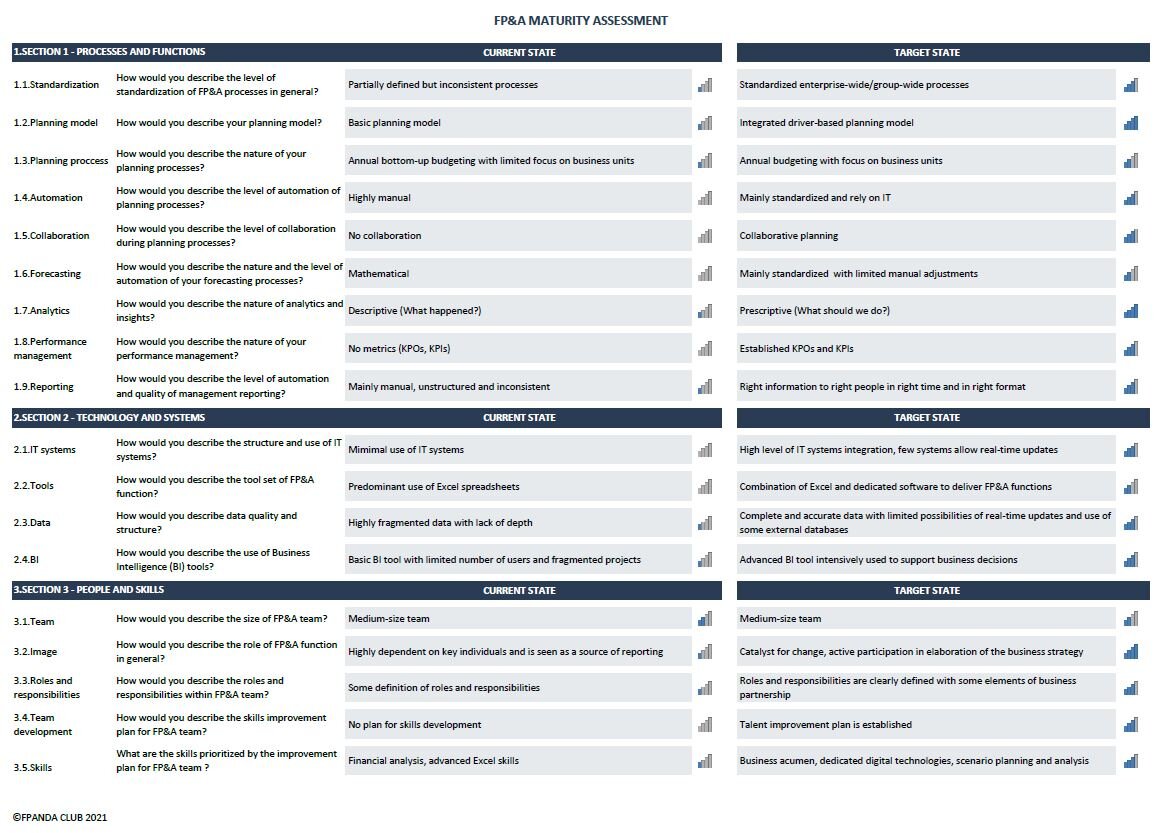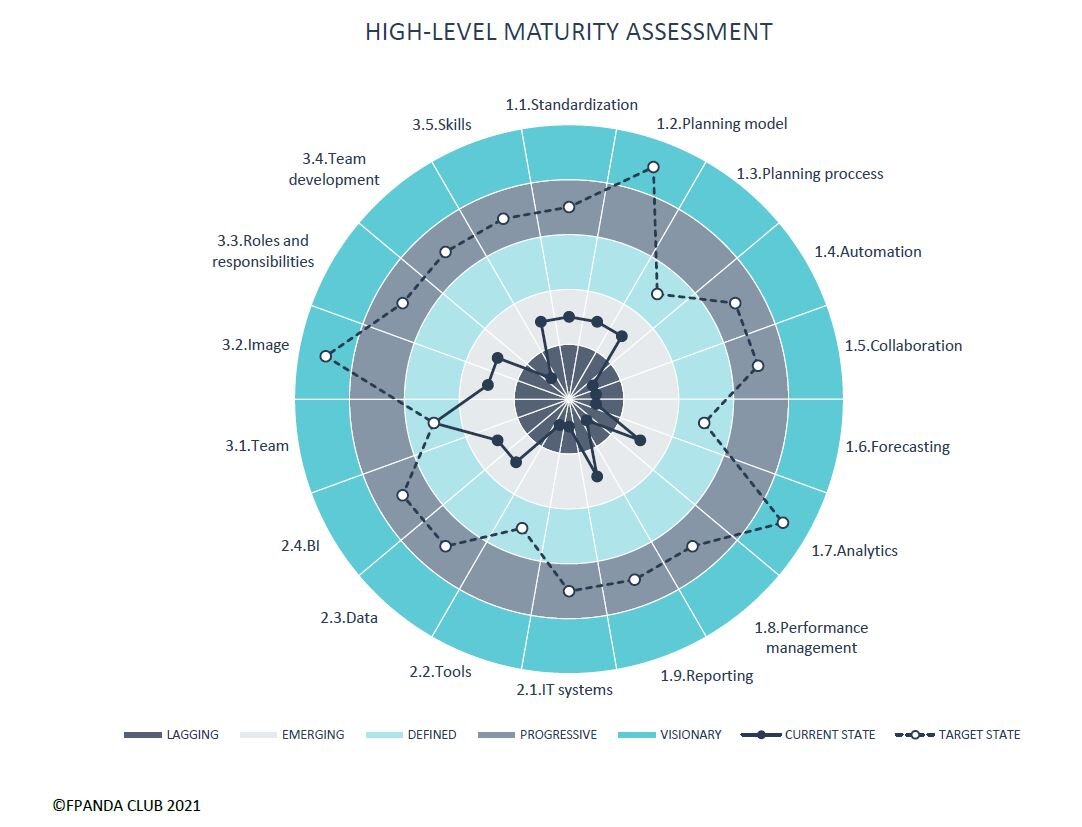Case Study: FP&A Transformation in the Sector of Financial Services
A $500M group of 10+ companies operating in the sector of financial services across the Russian Federation sought to transform the FP&A function from the low level of engagement to the business partnership model focused on value creation.
Company’s challenge
Acquired companies operated with a high degree of autonomy including their finance organizations. The FP&A function neither had standard processes nor a vision for future development. It was decentralized in terms of geography, legal entities and business units, and performed a wide range of tasks with an insufficient focus on key activities.
Moreover, there was a huge gap between the existed definition of the roles and responsibilities of the FP&A team, on the one hand, and needs and expectations of the internal and external customers (business units, senior management, board of directors and shareholders), on the other. Generating reports at business unit level and explaining variances was not enough to support decision making process.
With the hiring of a new finance team the company realized the necessity of the group-wide transformation of the FP&A function to make a shift towards business partnership model based on valuable business insights, proactive participation in the elaboration of strategies and management processes.
Approach
First, the current state of maturity, capabilities and pain points of the FP&A function were assessed in terms of existing processes (planning, forecasting, analysis, reporting, performance management), technologies and tools (IT systems used, data management), people and skills (organizational structure, roles and responsibilities, skills).
Based on the interviews with stakeholders the list of needs, requirements and expectations was formed to create the target future state of the FP&A function. The illustrations below show the current and desired states of the FP&A organization in the group with the help of the high-level maturity assessment model and the tool which is available for download.


Considering significant gaps in some areas, it was critical to create the vision achievable in the foreseeable future within budget constraints. The main emphasis was made on developing collaborative driver-based planning processes, analytical capabilities to support and drive business decisions and business partnership culture across the group.
Impact and results
The FP&A transformation has been executed for more than three years and, though, it is not finished yet, it has already brought long-awaited results:
The group has formal, fully documented, standardized group-wide FP&A processes and procedures
Regional and business FP&A functions have been consolidated to create the FP&A center of excellence
The budget cycle time has been reduced by 30%
The planning process has been reconstructed based on driver-based modeling performed with the help of the combination of the advanced use of spreadsheets and dedicated planning software
Advanced BI solution has been deployed and actively used to support business decisions
The cost of the FP&A function measured as percentage of revenue has decreased
Business partners’ roles within the FP&A organization have been introduced for each business unit to provide analytics and insights, participate in decision-making
The common language that both business and finance could speak was created
The percentage of FP&A team members with data analysis and interpretation skills has risen by 40 percent points
The stakeholders’ satisfaction with the quality of support has increased.
Lessons learned
It is important to mention that the success of the project was highly dependent on several critical factors and prerequisites of the transformation:
Clear understanding of the new role of the FP&A function. That transformation was not simply an organizational or process improvement initiative, that was the major cultural shift which required the involvement and commitment of all the participants, starting from the change of the mindset within the FP&A function and ending with the support from the top management. It was a real challenge for both the FP&A employees and business teams to understand the idea of business partnership and to develop trusted relationships.
Funding IT solutions to streamline, standardize and automate processes. The deployment of new tools was an inevitable part of FP&A transformation. Here, it was crucial to determine the IT development strategy that met the needs and expectations of the stakeholders at a reasonable price. The goal was to embrace systems which could contribute to tangible advantages, such as improvement of functionality, reduction of errors and versioning issues, enable to perform strong analysis and provide valuable insights.
Investments in skills development and talent acquisition. Software implementation was not sufficient to support transformational processes, new skills should have been developed and new talents acquired. In the context of budget constraints and FP&A benchmarks, the team was not supposed to grow significantly but be able to perform meaningful data analysis and act as business advisors providing valuable insights and recommendations. To achieve this goal, the talent acquisition strategy was based on creating virtual teams in the regions with strong scientific and business schools to have the best skills/cost ratio. At the same time, the employees were regularly rotated across the activities, tasks and business units to develop their skill set and build and maintain a bond with business.
By investing in the development of the FP&A function, the company witnessed a remarkable growth in revenues and profitability. This was achieved with the help of business insights and informed decision-making on following the best opportunities for organic and external growth as well as abandoning low-margin products, customers and projects.
